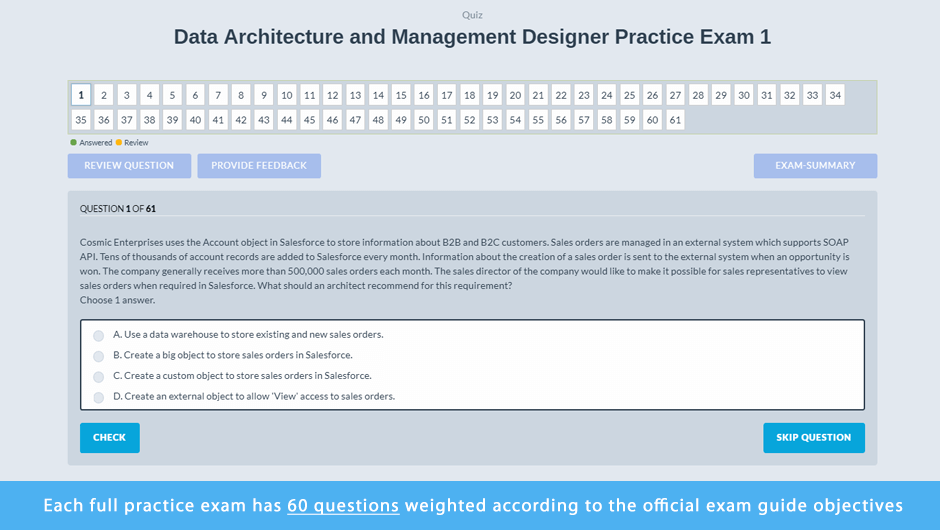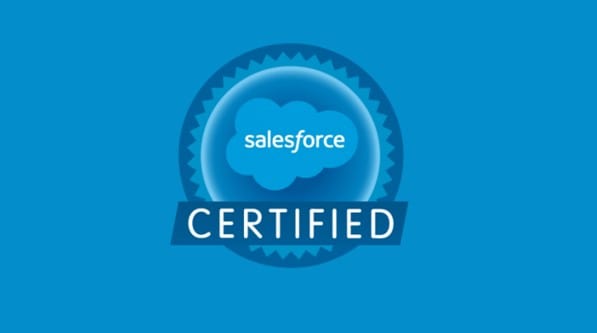
Implementing the legacy data model within Salesforce using custom fields is not a good practice, as it may not leverage the standard objects and fields that Salesforce provides, and it may create unnecessary complexity and redundancy. Some of the other options are not recommended or relevant for data modeling in Salesforce. Data modeling is the process of giving structure to your data using objects, fields, and relationships.
#Salesforce certified data architect how to
These are the key actions that should be done when data modeling in Salesforce, as they help to understand the structure and relationships of the legacy data, and how to map them to the Salesforce data model. Identify data elements to be persisted in Salesforce. Map legacy data to Salesforce objects, and D. Work with legacy application owner to analyze the legacy data model, B. Map legacy data to custom metadata types.

Identify data elements to be persisted in Salesforce.Į. Implement the legacy data model within Salesforce using custom fields.ĭ. Work with legacy application owner to analyze the legacy data model.ī. What are the three key actions that should be done when data modeling in Salesforce? (Choose three.)Ī. There you have it.Universal Containers has a legacy client server app that has a relational database that needs to be migrated to Salesforce. The one text field at the end doesn’t really help for this (at this point you have committed and just want the results already!). It would be great if Salesforce allowed us to flag and give feedback on each question as we go through. The worst thing about these exams (not specific to Salesforce) is that there is no way to go back and discuss what the right answer should have been for some of those borderline questions. I feel that although they won’t help you pass the exam by themselves, they will nevertheless bring you to a higher level after you finish the trailhead materials.
#Salesforce certified data architect code
Salesforce does however recommend implementing custom code as a last option, so just bear that in mind.

The pass mark is 59%, and I’m sure that you can get within striking distance by just answering the easy ones first. If you find yourself despairing then really just push on, you will get to easier ground soon enough. The difficulty of the questions varied significantly, from really basic to really hard and nuanced.I didn’t even write down on the (supplied) paper pad anything to deconstruct them this time.

.jpg)
Maybe I’m now used to these exams, however I found the questions clearer and easier to parse than in my previous Salesforce exams. Some questions I had not studied for at all, and just knew from my own experience. In fact it would have been extremely hard to pass this exam by study alone. Many questions were helped by my real life experience of large and complex orgs. This made me uncomfortable, but my strategy was just to choose the answer I would use in real life and not try and second guess what the examiner was thinking. This exam had a lot of multiple ‘Correct’ answers, requiring you to select the ‘best’ one. After passing the exam this weekend I wrote down some thoughts: I had planned to take the Salesforce Certified Data Architecture and Management Designer exam at the beginning of 2020, but between a major change in the exam’s structure in March and challenges to both study and work from home since then I have delayed until now.


 0 kommentar(er)
0 kommentar(er)
